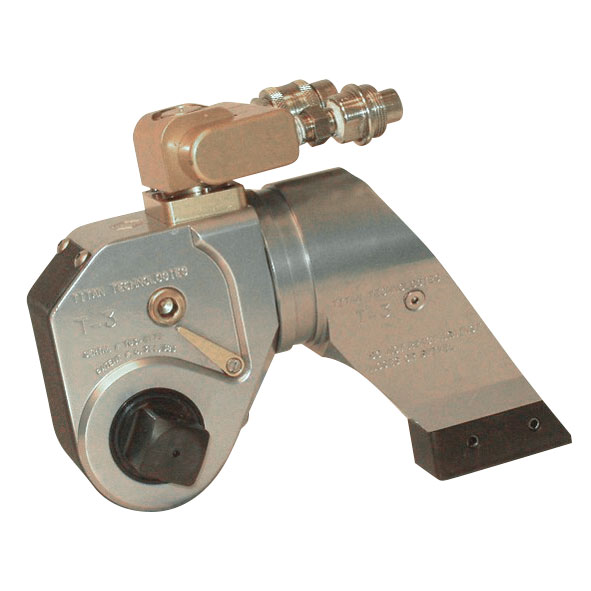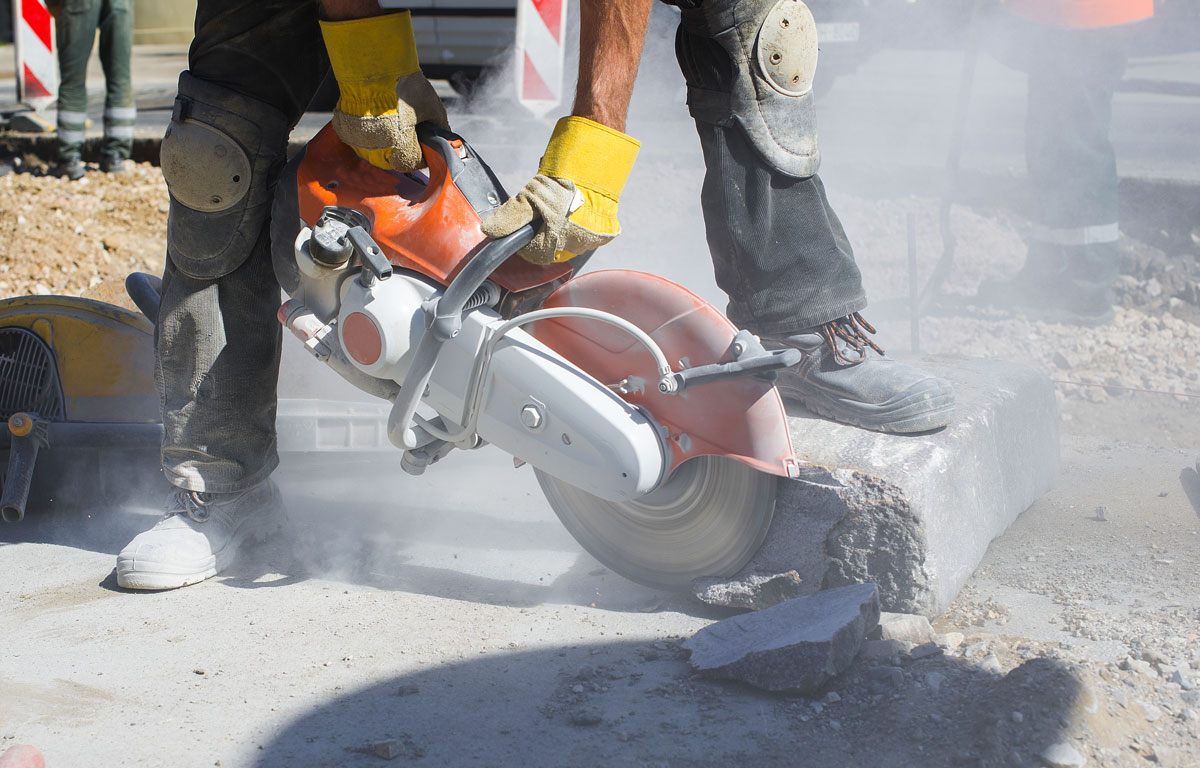Sealing joints in your concrete structures is key to prolonging the life of a concrete structures. Joints in slabs are critical for relieving stress to prevent cracking but they are also the weak point when it comes to traffic. Joints in containment structures are the main route liquids take to get to the ground. Not sealing these joints could lead to reportable leaks or even undermining of the structure if not addressed immediately.
Given that these joints are outside, there are a few things you need to know before you choose a sealant so you can be sure it will last.
1. Is the joint a control joint or an expansion joint?
They are very different when it comes to the range of movement they will see especially if they are exposed to direct sunlight. Control joints relieve stress in the adjacent slab sections while expansion joints allow room for each slab to expand without damaging adjacent slabs of other components of the structure.
2. What is the joint going to be exposed to?
Most of your plant is considered a containment structure. What chemicals will the joints in each area see on a regular or intermittent basis?
3. What sort of traffic will each joint be expected to carry?
Heavy vehicular traffic will call for a material that is “harder” than a sealant for foot traffic.
4. Does the joint have any fall or slope in it?
You’ll need to choose the right grade of material to hold the slope if needed.
Check out our product selection guide for exterior control and expansion joints:
Product Selection Guide for Exterior Control & Expansion Joints





Share this: